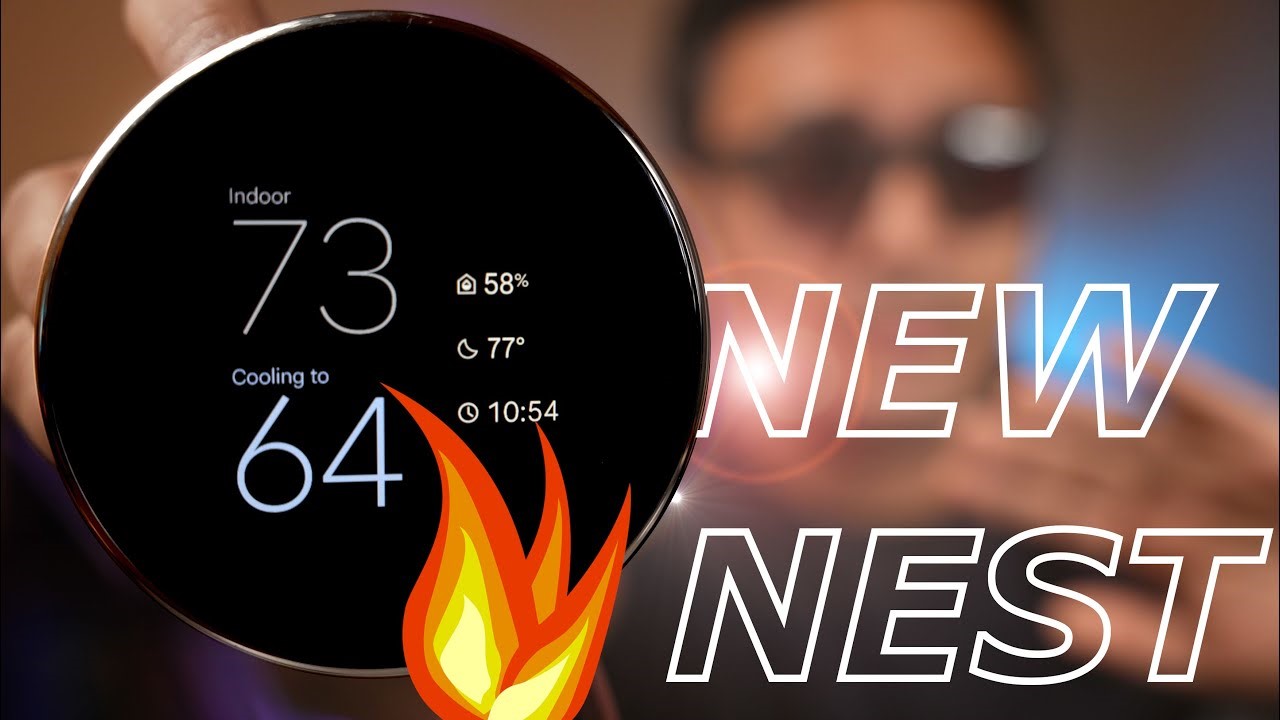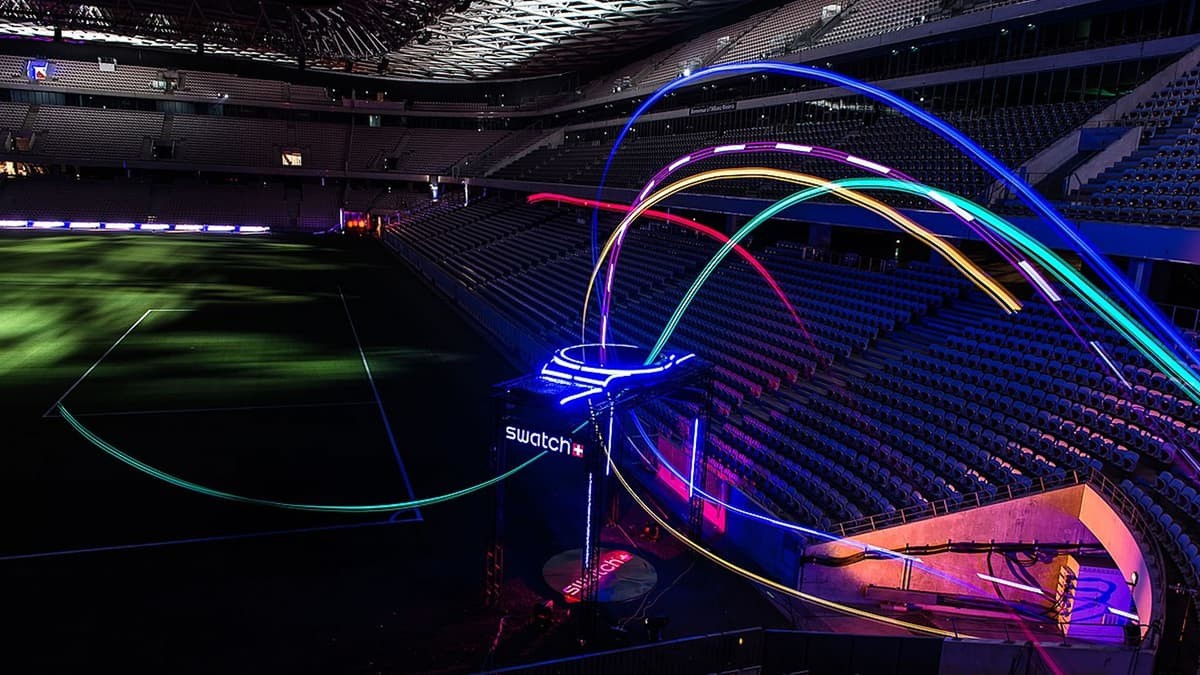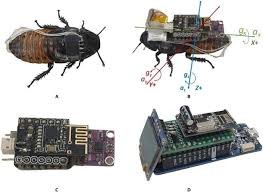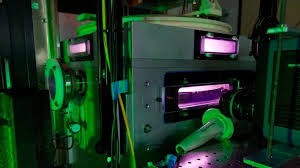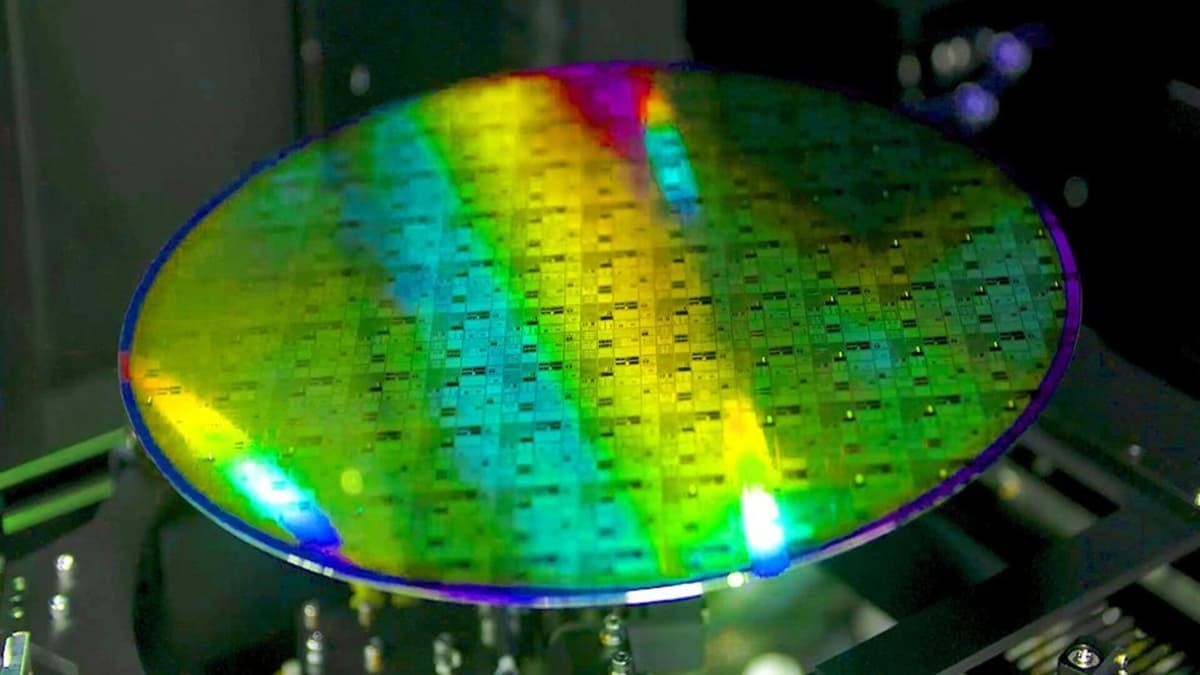From Sci-Fi to Reality: How These Contacts Let You See in the Dark with Your Eyes Closed
Imagine putting on contact lenses and instantly gaining the ability to see infrared light—no bulky gear or batteries required. Scientists have developed groundbreaking lenses that convert invisible infrared into visible colors. In tests, mice wearing the lenses avoided infrared light, and humans could detect flickering patterns and light direction. Remarkably, the lenses work even better with eyes closed, as infrared light penetrates more effectively.
Contact Lenses That Enable Infrared Vision
Scientists have created advanced contact lenses that allow both humans and mice to see infrared light by transforming it into visible light. Unlike traditional night vision goggles, these lenses require no power source and can detect multiple types of infrared wavelengths simultaneously. Their transparent design lets users see both normal and infrared light at the same time. Surprisingly, the lenses provided even clearer infrared vision when users closed their eyes. The research was published on May 22 in the journal Cell.

Figure 1. Infrared-Seeing Contacts: Transparent, Power-Free Wearables for Color Near-Infrared Vision
Power-Free Lenses That Unlock Superhuman Vision
“Our research opens the door to non-invasive wearable devices that can give people super-vision,” says senior author Tian Xue, a neuroscientist at the University of Science and Technology of China [1]. “This material has immediate potential in areas like security, rescue operations, encryption, and anti-counterfeiting, where flickering infrared light could be used to transmit information.” Figure 1 shows Infrared-Seeing Contacts: Transparent, Power-Free Wearables for Color Near-Infrared Vision.
The contact lenses are embedded with specially designed nanoparticles that absorb invisible infrared light and convert it into visible light—typically within the 400 to 700 nanometer range. The technology specifically targets near-infrared light, which ranges from 800 to 1600 nanometers and lies just beyond the reach of human sight.
In earlier research, the team enabled infrared vision in mice by injecting the particles directly into their eyes. This latest breakthrough achieves similar results in a far less invasive way—by integrating the particles into soft contact lenses.
Trials Conducted on Both Mice and Humans
To develop the contact lenses, researchers embedded the infrared-sensitive nanoparticles into flexible, non-toxic polymers commonly used in standard soft lenses. After confirming the lenses were safe, they tested them on both mice and humans.
The results showed that mice wearing the lenses exhibited behavior indicating they could detect infrared light. For instance, when given a choice between a dark box and one illuminated with infrared light, mice with the lenses preferred the dark box, while those without lenses showed no preference. Additionally, physiological responses supported the findings: the pupils of lens-wearing mice constricted in response to infrared light, and brain scans showed activation in their visual processing areas when exposed to it.
Human Testing Validates Lens Functionality
In human trials, the infrared contact lenses allowed participants to accurately detect flashing signals resembling Morse code and to sense the direction of incoming infrared light. “It’s very clear: without the lenses, subjects can’t see anything, but once they put them on, they can easily detect the flickering infrared light,” said Xue.
The researchers also discovered that participants performed even better with their eyes closed, as near-infrared light penetrates the eyelids more effectively than visible light, reducing visual interference and enhancing signal detection.
Infrared Light Translated into Colors
An extra enhancement to the contact lenses lets users distinguish between various infrared wavelengths by engineering nanoparticles to color-code them. For instance, infrared light at 980 nm is converted to blue, 808 nm to green, and 1,532 nm to red. This color-coding not only allows wearers to perceive more detailed information within the infrared spectrum but could also be adapted to help colorblind individuals detect wavelengths they normally cannot see.
Uses Beyond Enhanced Vision
“By transforming red visible light into green, this technology could help make previously invisible colors visible to colorblind individuals,” explains Xue.
Since the contact lenses have limited capacity to capture fine details—because their close proximity to the retina causes scattering of the converted light particles—the researchers also created a wearable glasses system using the same nanoparticle technology [2]. This glasses system allowed participants to perceive higher-resolution infrared information.
Future Directions for Development
At present, the contact lenses can only detect infrared radiation emitted by an LED light source. However, the researchers are focused on enhancing the sensitivity of the nanoparticles to enable detection of lower levels of infrared light. “Moving forward, by collaborating with materials scientists and optical specialists, we aim to develop contact lenses with greater spatial resolution and improved sensitivity,” says Xue.
References:
- https://scitechdaily.com/from-sci-fi-to-superpower-these-contacts-let-you-see-in-the-dark-with-your-eyes-closed/
- https://gizmodo.com/infrared-contacts-let-you-see-in-the-dark-even-with-your-eyes-closed-2000604405
Cite this article:
Janani R (2025), From Sci-Fi to Reality: How These Contacts Let You See in the Dark with Your Eyes Closed, AnaTechMaz, pp.316


